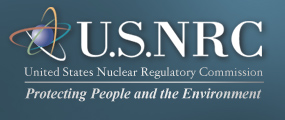Resolution of Generic Safety Issues: Item A-31: RHR Shutdown Requirements (Rev. 1) ( NUREG-0933, Main Report with Supplements 1–35 )
DESCRIPTION
The safe shutdown of a nuclear power plant following an accident not related to a LOCA has been typically interpreted as achieving a "hot-standby" condition (i.e., the reactor is shut down, but system temperature and pressure are still at or near normal operating values). Considerable emphasis has been placed on the hot-standby condition of a power plant in the event of an accident or abnormal occurrence. A similar emphasis has been placed on long-term cooling, which is typically achieved by the RHR system. The RHR system starts to operate when the reactor coolant pressure and temperature are substantially lower than their hot-standby condition values.
Even though it may generally be considered safe to maintain a reactor in a hotstandby condition for a long time, experience shows that there have been events that required eventual cooldown and long-term cooling until the reactor coolant system was cold enough to perform inspection and repairs. For this reason, the ability to transfer heat from the reactor to the environment after a shutdown is an important safety function for both PWRs and BWRs. It is essential that a power plant be able to go from hot-standby to cold-shutdown conditions (when this is determined to be the safest course of action) under any accident conditions.
This issue was originally identified in NUREG-03712 and was later determined to be a USI.
CONCLUSION
This USI was RESOLVED in May 1978 with the issuance of SRP11 Section 5.4.7. Only those plants expected to receive operating licenses after January 1, 1979 were affected by the resolution.
REFERENCES
|


